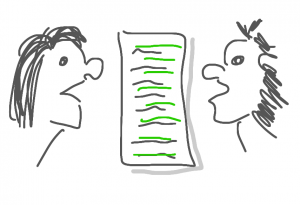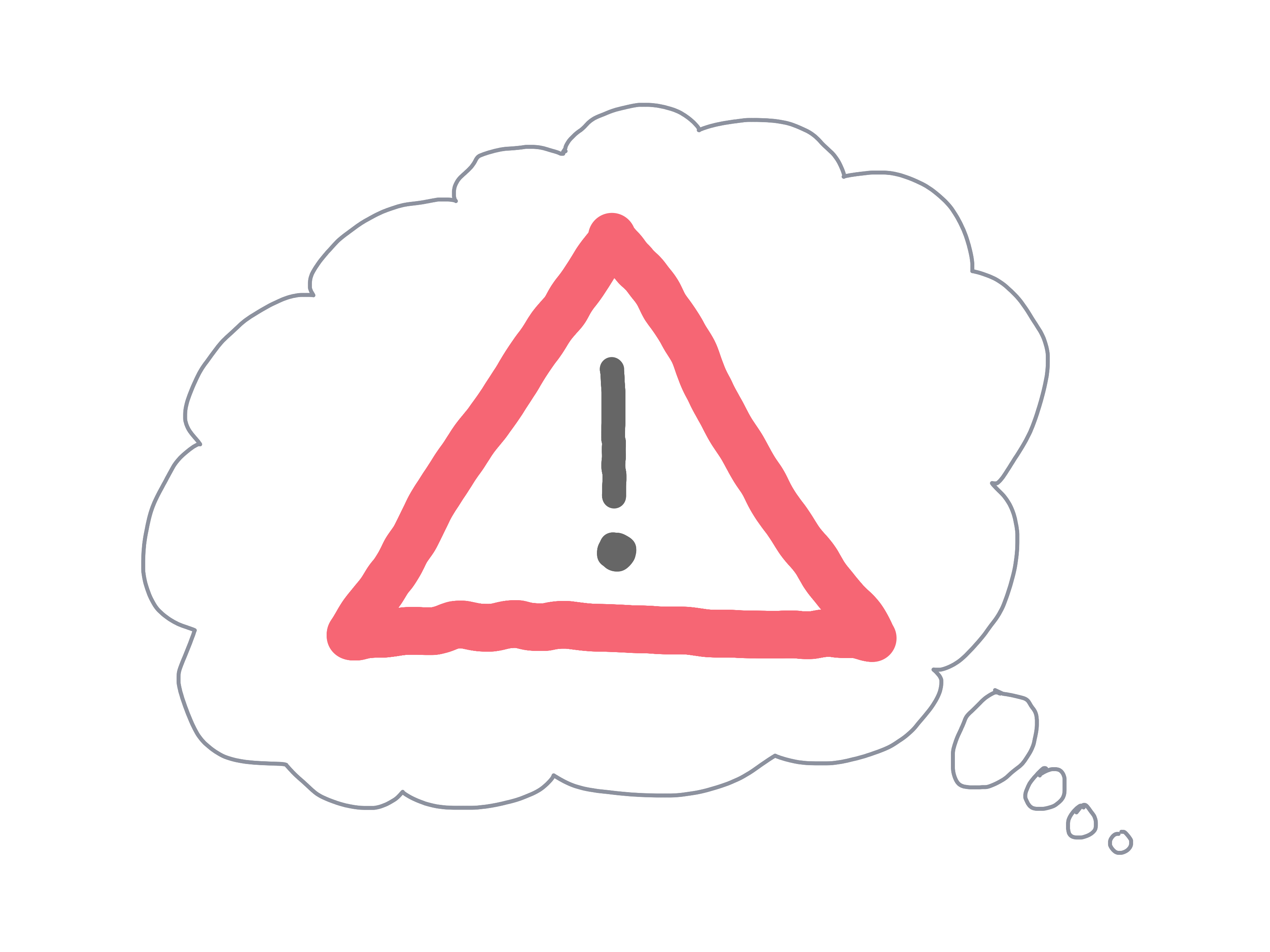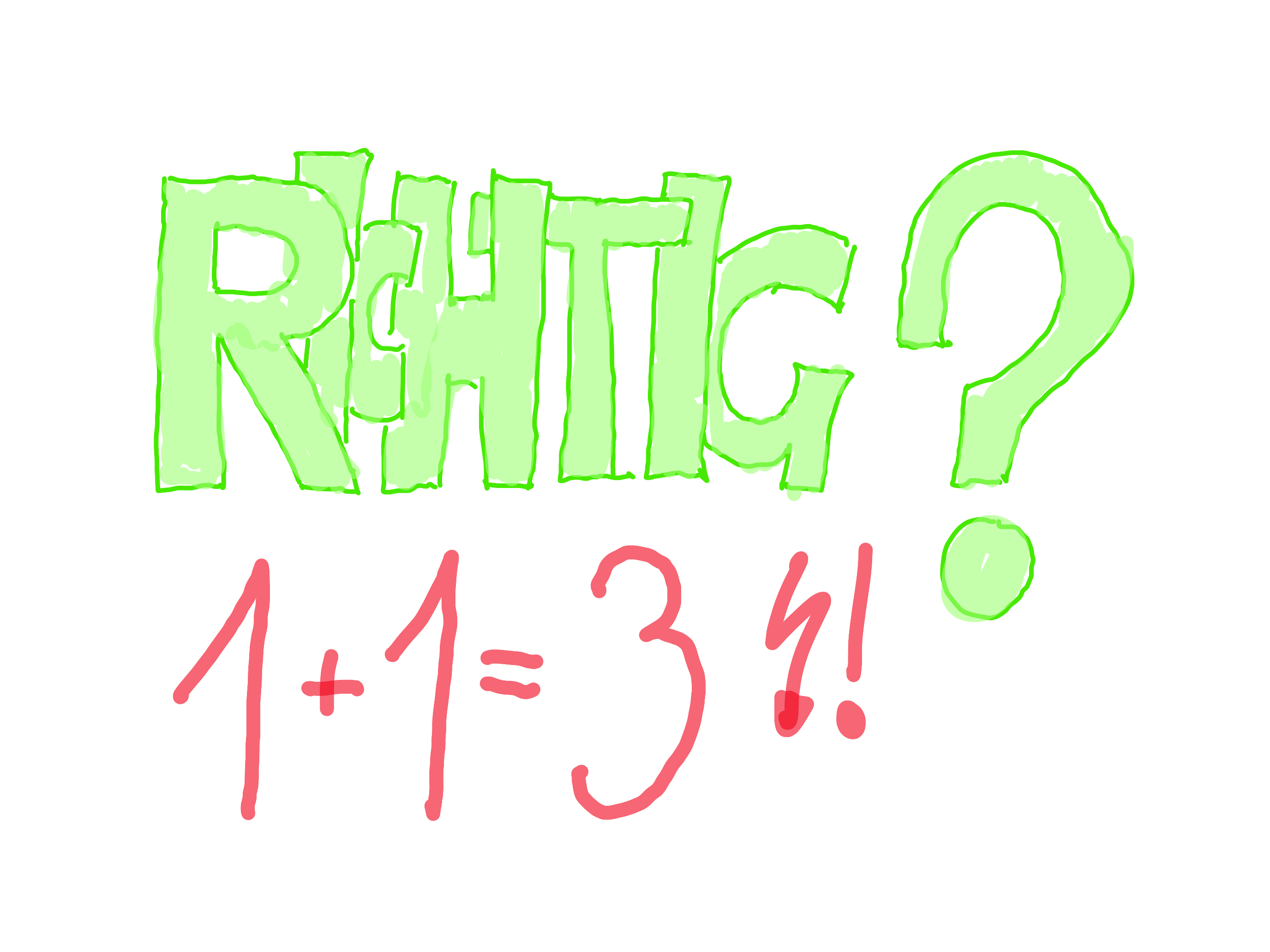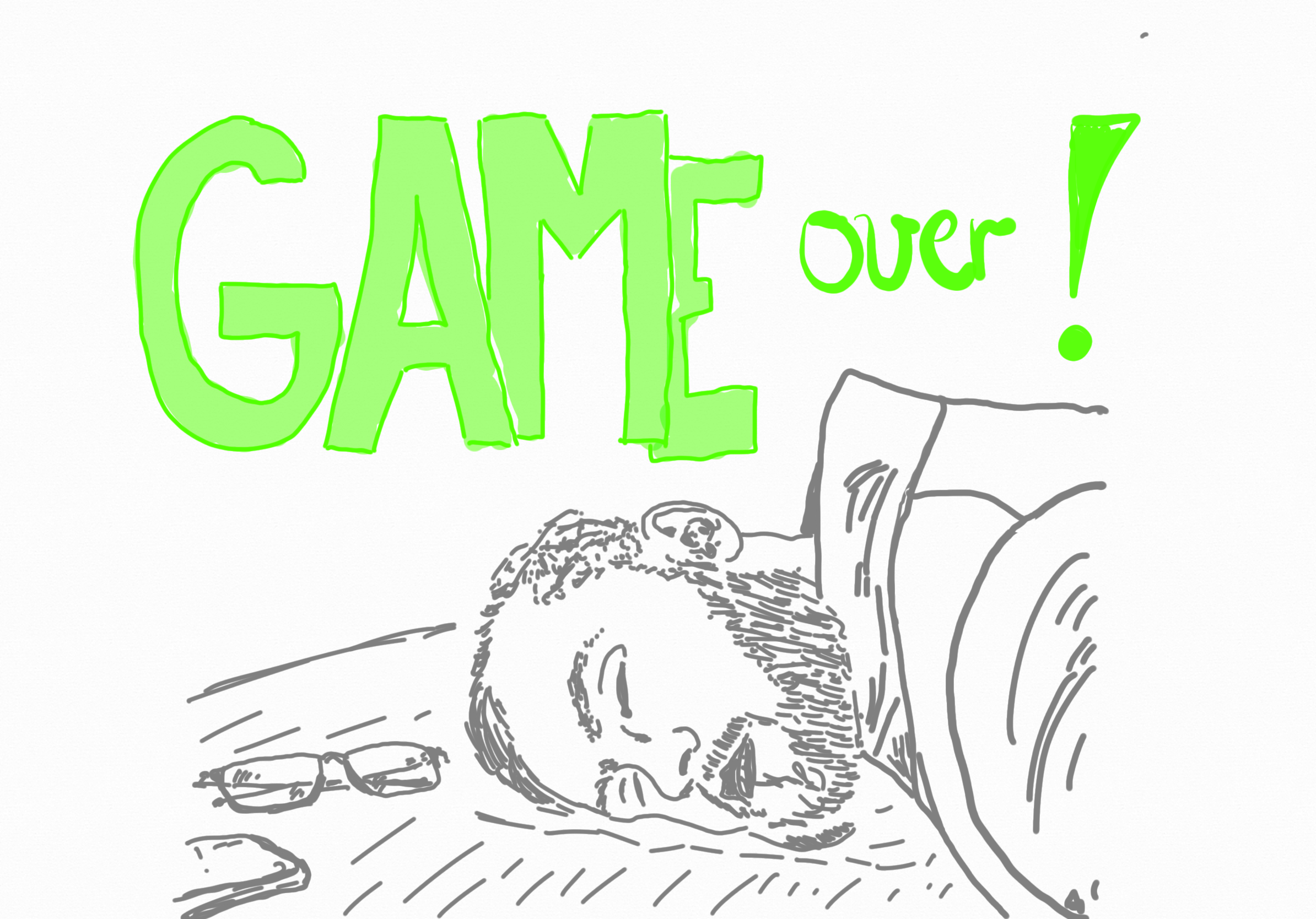A Script for Business Negotiations

This expectation about what will happen is called a schema (Nishida, 1999). The interaction you expect in situations (movements, phrases, progress through the process) is called a procedure schema or a script.
When scripts match up, people can communicate efficiently. Most often we go through the script without really noticing. When scripts don’t match, we may run into confusions and find ourselves suddenly at a different point in the script.
Example: You go to your favorite restaurant near you home. You soon have your food …what were the steps? Did you wait to be seated? Was a drink brought before or after you asked? What kind of drink? When was the menu brought? Did you give your money at the table or go to the cash register before leaving?
In your home environment you know this script. When you travel you might find a different script, maybe one that leaves you standing confused at the entrance! If you have traveled in the USA, my home, you may have found a breakfast ordering script that is immensely long and seems very complicated. After you have described how dark your toast should be and you have selected butter instead of margarine, and you have described exactly how the eggs must be cooked…they ask if you want coffee with milk or cream or “Half and Half” or soy milk, with sugar or artificial sweetener, what size, etc. The unsuspecting visitor is ready to weep! Of course this schema is just right for the context– choice is power so a good host gives all the power to the guest.
There many scripts around you so have to sort them carefully, not only when you travel. You have different scripts in mind for a casual restaurant and a formal restaurant. For an internal business meeting and a meeting with a new client.
Let’s think about the scripts around business negotiation, i.e. a conversation aiming to agree about business actions.
In conversations over the past year I have noticed four different negotiation scripts:
- Pitch to the boss – you provide your counterparty with ways to promote your proposals to the final decision maker. Example: “Your boss will really love this equipment, because it increases the cost efficiency of this common task.”
- Procedure – you have a series of steps in mind when you start a negotiation. Serious research followed by analyzing the interests of the counterparties, followed by planning the conversation and sequence of proposals.
- Fight – you have an idea about the conflict over resources and how you will demand your share.
- Strategic Exploration and Solution – you have a flexible idea about how to learn about the counterparty based on interactions (questions, listening, building up our knowledge).
- Other – please describe yours!
Which of the above is yours? Do you have one to describe? If you are interested I will send you a short self evaluation sheet to compare your experience and negotiating role to your schema. Send me an email: baber @ gsm.kyoto-u.ac.jp
Reference:
Nishida, H. (1999). A COGNITIVE APPROACH TO INTERCULTURAL COMMUNICATION BASED ON SCHEMA THEORY HIROKO NISHIDA University of Shizuoka , Japan WHAT ARE SCHEMAS ? International Journal Intercultural Relations, 23(5), 753–777.







Leave A Comment